- Home
- About Us
- Products
-
Heat-Pump Dehumidifier DeAir
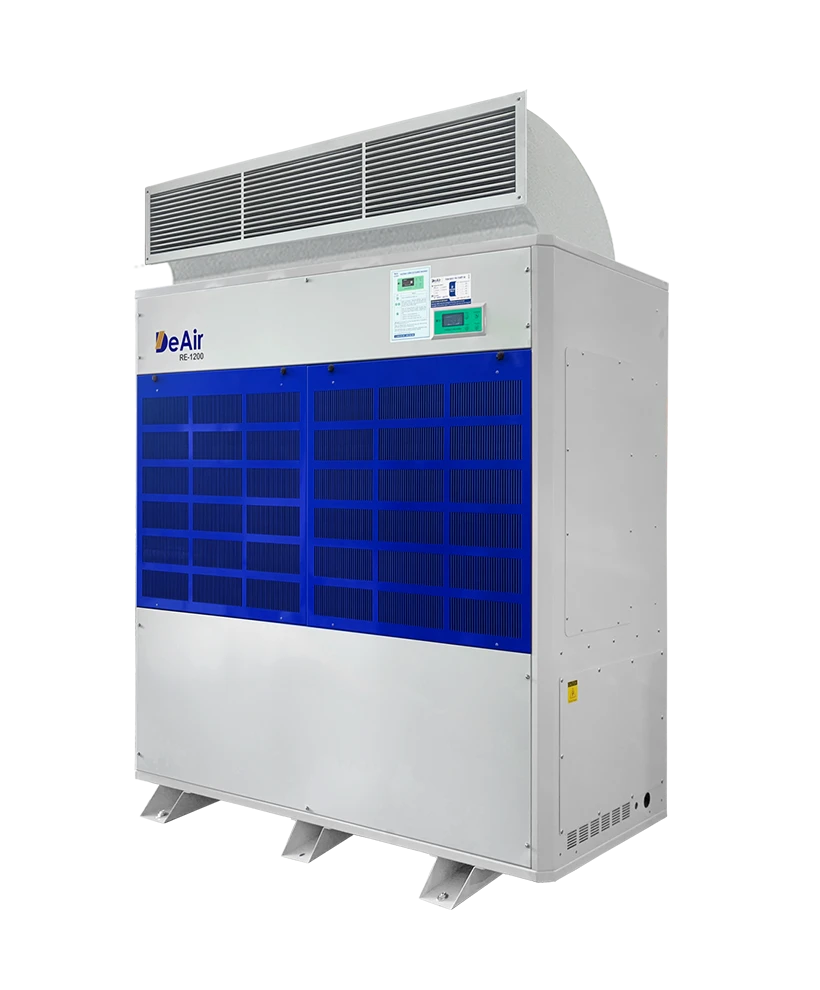 DeAir.RE
DeAir.RE -
Heat-Pump Dryer DeAir.RE-H
 DeAir.RE-H
DeAir.RE-H -
Heat-Pump Stainless Steel Dehumidifier
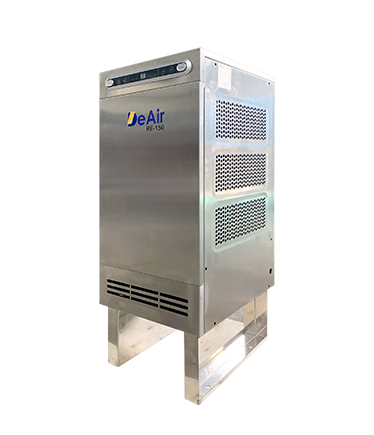 DeAir.RE-INOX
DeAir.RE-INOX -
Heat-Pump Isothermal Dehumidifier DeAir.CRE
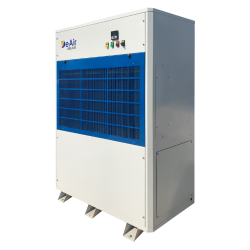 DeAir.CRE
DeAir.CRE -
Dezenno Dehumidifier
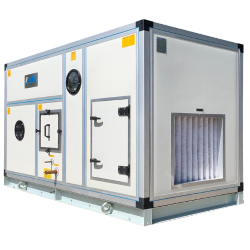 Dezenno
Dezenno -
Heat-Pump Ceiling Mounted Dehumidifier DeAir
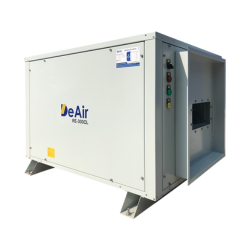 DeAir.RE-CL
DeAir.RE-CL -
Dehumidifier Olmas
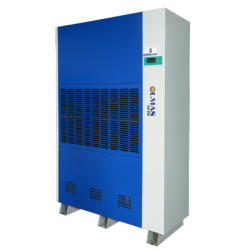 Olmas-OS
Olmas-OS -
Industrial Humidifier DeAir
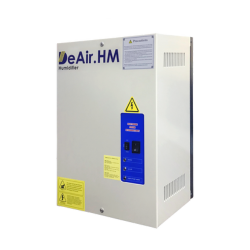 DeAir.HM
DeAir.HM -
Heat-Pump Dryer Daxwell
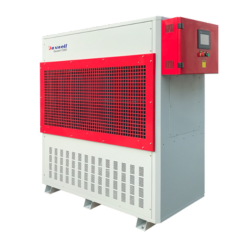 Daxwell
Daxwell -
Electric Duct Heater DeAir
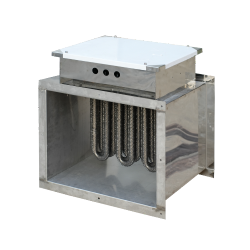 DeAir.Heat
DeAir.Heat -
Air Handling Unit Dezenno.MAX
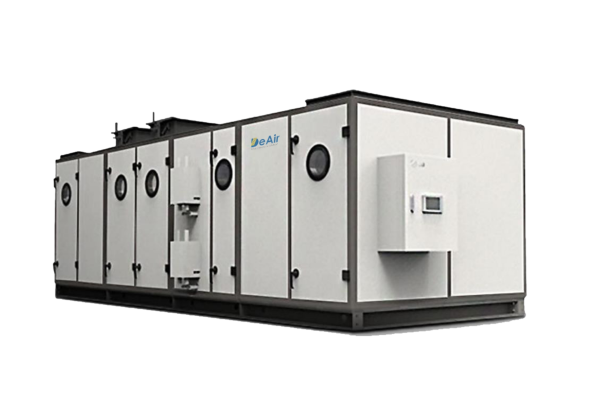 AHU
AHU
-
- Services
- Projects
- Warranty – Maintenance
- News
- Contact
Buying a Dehumidifier for an Electronics Factory: Solutions for JEDEC & ESD Standards
15/07/2025
In the electronics and semiconductor manufacturing industry, the greatest enemies of quality can be small enough to be invisible (dust particles) or entirely unseen (static electricity, humidity). Among them, humidity is considered the most complex factor – a "double-edged sword": too high causes corrosion, while too low generates electrostatic discharge (ESD).

Therefore, choosing a dehumidifier is not just about "drying the air," but about investing in a precision humidity control system that adheres to international standards. With experience implementing HVAC projects for leading electronics factories, DeAir will provide an in-depth analysis and the most suitable solutions.
Why Is Humidity Control a Vital Factor in the Electronics Industry?
1. Risks from High Humidity (>50%RH): Corrosion & Component Failure (MSL)
High humidity is a direct cause of micro-corrosion on printed circuit boards (PCBs), component leads, and solder joints, leading to reduced product lifespan and reliability.
However, the greatest risk comes from Moisture-Sensitive Devices (MSDs). According to the international standard JEDEC J-STD-033, components like integrated circuits (ICs) or BGAs can absorb water vapor from the air. When passing through a high-temperature soldering oven, this moisture rapidly expands, causing a "popcorning" effect that destroys the microcircuit's internal structure. To prevent this, JEDEC requires high-level MSDs to be stored in environments with humidity below 10%RH, and sometimes even below 5%RH. (Source: JEDEC Standard).
2. Risks from Low Humidity (<40%RH): The Danger of Electrostatic Discharge (ESD)
Conversely, excessively dry air is an ideal insulator, allowing static electricity to easily accumulate on surfaces and personnel. According to the ESD Association, even a very small electrostatic discharge is enough to destroy sensitive semiconductor microcircuits. The ANSI/ESD S20.20 standard recommends maintaining a minimum humidity level (typically 30-40%RH) to help static charges dissipate safely.

Which Dehumidifier is Best for an Electronics Factory?
Clearly, the electronics industry requires a system capable of precise humidity control by zone. A "one-size-fits-all" solution is not possible.

1. Solution for ULTRA-LOW Humidity Zones (<10%RH) - MSL Component Storage
Conventional condensation dehumidifiers cannot meet this requirement. The only technology that can efficiently and stably achieve such ultra-low humidity is the Dezenno rotor dehumidifier. With its silica gel desiccant wheel, the machine can adsorb water vapor at a molecular level, making it the mandatory choice for storing sensitive electronic components.
2. Anti-Static Solution for Assembly Areas (EPA)
To combat ESD, assembly areas (EPA - ESD Protected Area) need to maintain a minimum humidity of >30%RH. If the air becomes too dry (often due to the central HVAC system), humidification is necessary. The DeAir.HM electrode humidifier provides clean, sterile steam to precisely balance the environment.
3. Solution for General Control Zones (40-60%RH) - Warehousing, Packaging
For less sensitive areas, the DeAir.RE industrial dehumidifier line offers a balance between efficiency and cost.
- Key Features of DeAir Dehumidifiers: Manufactured in Vietnam to ISO 9001:2015 standards, using high-quality components like Copeland compressors and EBM-papst centrifugal fans, ensuring reliability and stable operation.
4. The Comprehensive Solution for the Entire Factory: An Integrated AHU System
The most optimal solution for a modern electronics factory is a custom-designed Air Handling Unit (AHU). DeAir's Dezenno.MAX AHU system can simultaneously integrate: HEPA/ULPA filters for cleanrooms, cooling systems, and various humidity control modules (rotor for storage, humidification for assembly), creating a total, efficient, and easy-to-manage solution.

Service & Commitment From DeAir - A Trusted Partner for High-Tech Projects
Choosing DeAir is not just choosing equipment, but choosing a partner with comprehensive consulting and implementation capabilities, from site surveys and custom solution design to professional installation and after-sales service and maintenance under ISO 9001:2015 standards.
Conclusion
Choosing a dehumidifier for an electronics factory is not just about buying a device, but investing in a precision environmental control system that complies with international standards. This is a key factor in improving product yield rates and enhancing the company's competitive advantage.
Let DeAir's engineers consult and design a comprehensive humidity control system to help your factory meet the strictest standards of the electronics industry.
CONTACT US FOR CONSULTATION AND A QUOTE
DEAIR JOINT STOCK COMPANY
Email: operation@deair.com.vn
Hotline: +84 925 977 579 (Ms. Tam) | +84 914 205 850 (Ms. Hoa)
Website: deair.com.vn/en
Sign up for news from DeAir
Related news






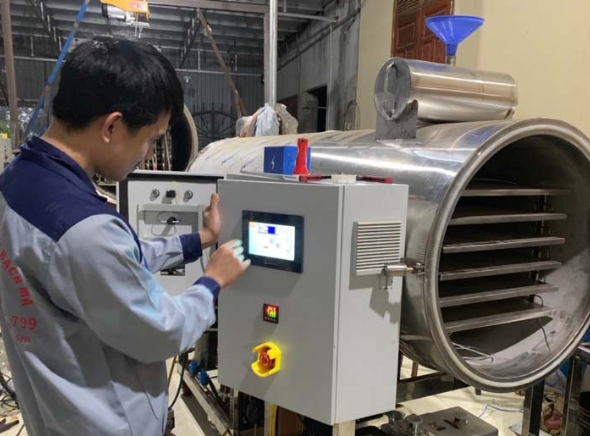



![[Case Study] DeAir Installs DeAir.De Rotor Humidity Control System for Pharmaceutical Plant in Binh Duong [Case Study] DeAir Installs DeAir.De Rotor Humidity Control System for Pharmaceutical Plant in Binh Duong](https://deair.com.vn/thumbs/news/2023_04/ban_giao_may_cho_duoc_bd/[270x153-cr]image1-1024x772.jpg__cv.webp)

![[Review & Guide] Olmas OS-300: The New Humidity Control "Warrior" for Medium to Large Warehouses [Review & Guide] Olmas OS-300: The New Humidity Control "Warrior" for Medium to Large Warehouses](https://deair.com.vn/thumbs/news/huong_dan_su_dung_may_olmas_21/[270x153-cr]vtm06440.png)